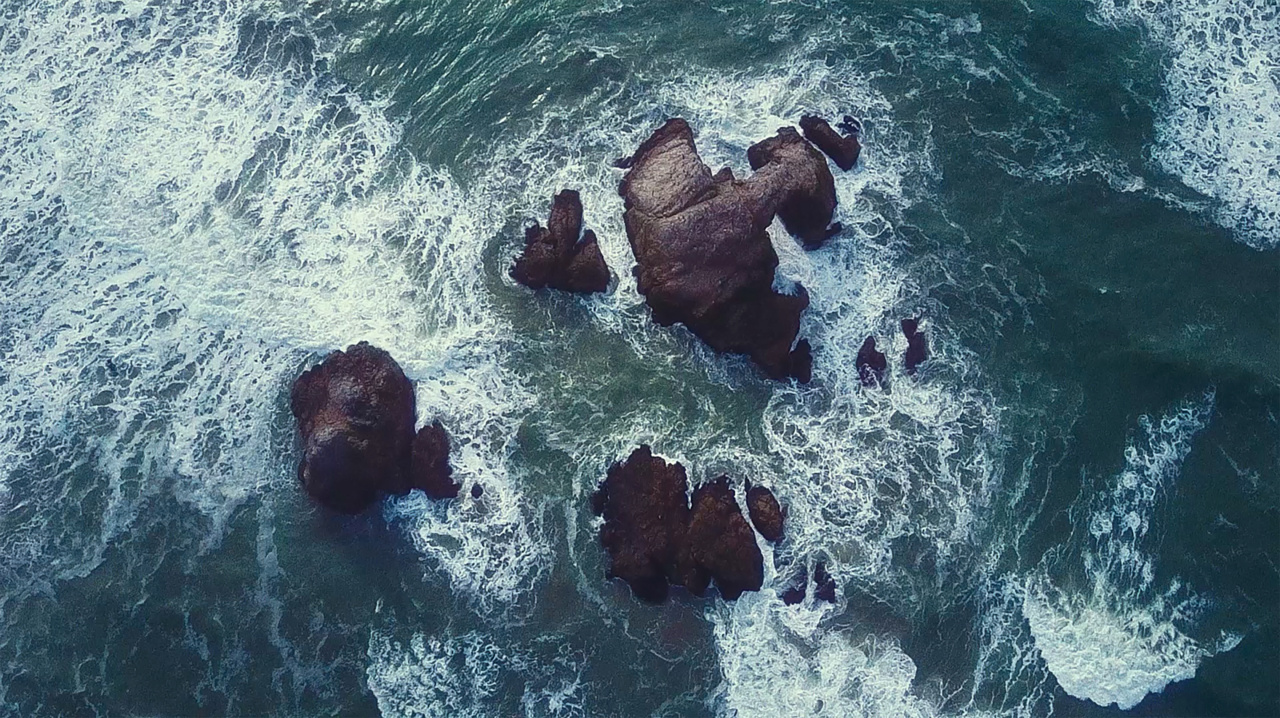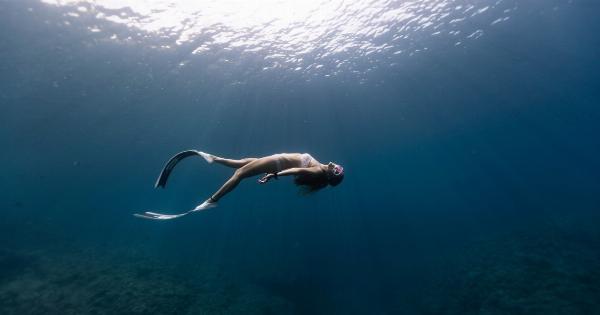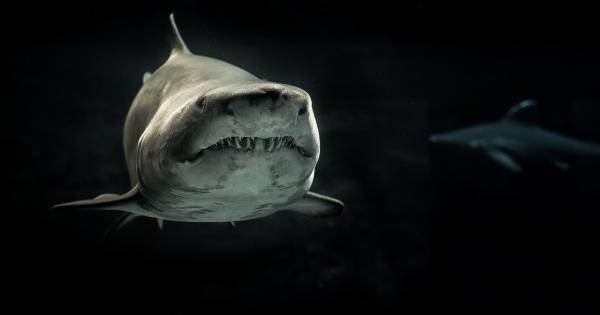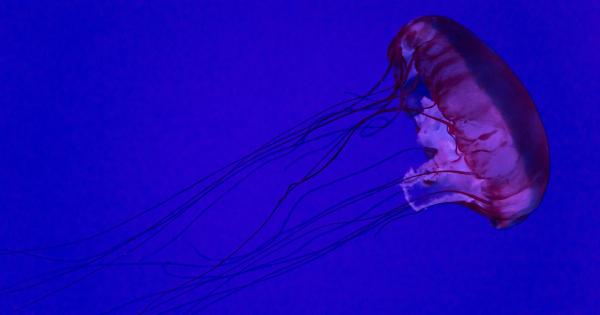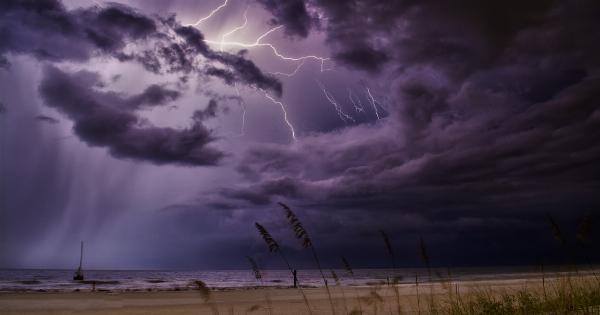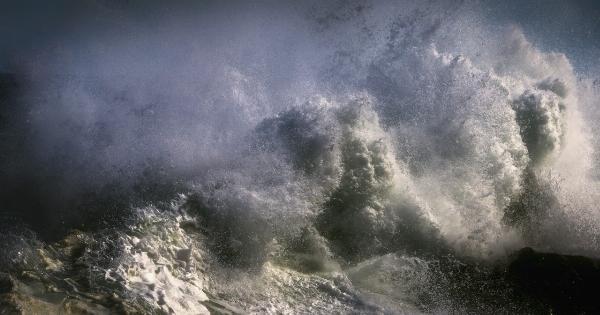The ocean is a vast and mysterious expanse that covers more than 70% of the Earth’s surface. It is home to an incredible array of life forms, from tiny microscopic plankton to enormous blue whales.
Exploring the ocean has always captured the human imagination, with countless scientists, adventurers, and enthusiasts dedicating their lives to uncovering its secrets. In this article, we will dive deep into the world of the ocean, from its powerful waves to its magnificent whales.
Understanding Ocean Waves
Waves are one of the most mesmerizing features of the ocean. They are generated by the wind as it blows across the water’s surface, transferring energy to the water molecules.
As these molecules start to move in a circular motion, a chain reaction is created, resulting in the formation of a wave. Waves can vary in size, depending on factors such as wind speed, duration, and the distance over which the wind blows.
There are different types of ocean waves, each with its own characteristics. For example, ocean swell refers to long-period waves that have traveled long distances from their point of origin.
These waves are often seen as rolling swells that gently rise and fall. In contrast, surf waves are shorter and steeper, often crashing onto shorelines, making them ideal for surfers to catch and ride.
The Fascinating World of Coral Reefs
Coral reefs are one of the most biodiverse ecosystems on the planet. These underwater structures are created by tiny animals called coral polyps, which secrete a limestone exoskeleton that forms the backbone of the reef.
Coral reefs are found in shallow, warm waters rich in nutrients, such as those around tropical islands.
These vibrant and colorful ecosystems provide a home for countless marine species. From schools of brightly colored fish to intricate sea anemones and sea turtles gliding through the water, coral reefs are teeming with life.
Unfortunately, coral reefs are highly vulnerable to climate change and human activities such as pollution and overfishing. It is crucial to protect and preserve these fragile habitats for future generations.
The Deep Sea: A World of Darkness and Mystery
While the ocean’s surface is filled with life and activity, the deep sea is an entirely different world. The deep sea refers to areas of the ocean that are deeper than 200 meters (656 feet).
Sunlight cannot penetrate these depths, resulting in perpetual darkness. Despite this harsh environment, the deep sea is home to a plethora of fascinating creatures.
Many deep-sea creatures have unique adaptations that allow them to survive in extreme conditions. For example, bioluminescence is a common trait among deep-sea organisms, with some species producing their own light to attract prey or mates.
The anglerfish, with its glowing lure dangling in front of its mouth, is a famous example of a bioluminescent deep-sea resident.
Exploring the Abyss: Deep-Sea Trenches
The deepest parts of the ocean are found in deep-sea trenches, which can reach depths of over 11 kilometers (6.8 miles).
These trenches are formed by the collision of tectonic plates, as one plate is forced beneath another in a process called subduction. The Mariana Trench in the western Pacific Ocean is the deepest-known trench, with its lowest point reaching a staggering depth of around 11,034 meters (36,201 feet).
Despite the extreme pressure and darkness, life still exists in these forbidding depths.
Scientists have discovered unique and often bizarre creatures in deep-sea trenches, such as the deep-sea amphipod, a shrimp-like crustacean that thrives in the deepest parts of the ocean.
The Enchanting World of Whales
Whales are the largest mammals on Earth and hold a special place in the hearts of many people. These majestic creatures inhabit oceans all around the world and migrate vast distances in search of food and breeding grounds.
Whales are divided into two main groups: toothed whales and baleen whales.
Toothed whales, as the name suggests, possess teeth and include species such as dolphins and porpoises.
They use echolocation to navigate and find prey, emitting clicks and listening for the echoes to determine the location of objects in their environment. In contrast, baleen whales have baleen plates instead of teeth and filter tiny prey, such as krill and small fish, through these plates.
Conservation Efforts: Protecting the Ocean’s Treasures
With the increasing threats facing our oceans, conservation efforts have become more important than ever. Organizations and individuals around the world are working tirelessly to protect the ocean and its inhabitants.
Strategies such as creating marine protected areas, implementing sustainable fishing practices, and reducing plastic pollution are crucial for the health and longevity of our oceans.
Educating the public about the importance of ocean conservation is also a key aspect of protecting the ocean. By raising awareness about the beauty and fragility of marine ecosystems, we can inspire future generations to become stewards of the sea.
Conclusion
The ocean is a captivating and diverse realm that continues to fascinate us.
Whether we are studying ocean waves, exploring coral reefs, delving into the mysteries of the deep sea, or marveling at the majestic presence of whales, there is always something new to discover about the ocean. With increased awareness and conservation efforts, we can ensure that this wondrous world remains intact for generations to come.
